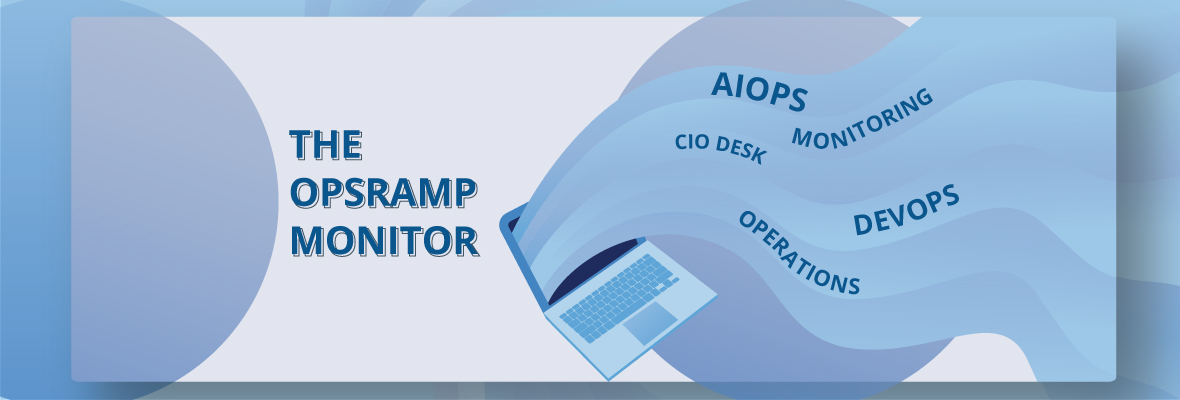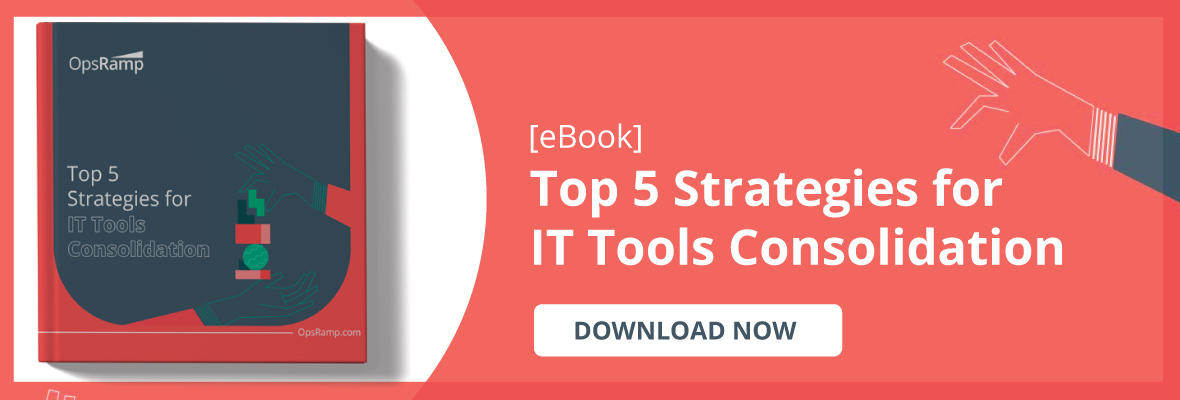The Monitor took a little hiatus. Things got wonky as the pandemic wore on. But we’re back with our latest take on what’s trending in ITOps and related fields.
CIO Desk
Don’t stop thinking about tomorrow: For enterprise IT leaders everywhere, it’s no longer enough to lead well today and have teeth in the business. You must now be prepared for all manner and scope of uncertainty and change, and according to Accenture, very few organizations are there yet. In a recent report, the consultancy reports that only 7% of organizations are “future-ready”. They define this nirvana state as being mature in AI, cloud and blockchain technology; having an agile workforce, end-to-end digitized processes and advanced data intelligence strategies leveraging AI. Accenture’s research showed a 2.8x boost in corporate profitability and 1.7x higher efficiency in “future-ready” orgs versus those at other levels.
Here’s what they say to do if you want to move up the maturity curve:
- Scale up AI and digital: By 2023, nearly five times as many executives expect their operating models to run end-to-end digitized processes compared to today. Among organizations with future-ready operations, 38% are scaling AI, with 63% planning to have scaled AI in three years.
- Merge human and machine intelligence: Technology should help people work more efficiently and smarter so they can engage in more creative and critical thinking.
- Diversify the data: Think big, wide and deep with data that spans structured and unstructured, internal and external, value chain and siloed, enabling executives “to combine the best of both in a continuous feedback loop.”
Remote collab: it’s not a fad! Let’s face it, organizations are seeing some powerful benefits from the flexibility of remote workforces: operational savings in office space and the associated energy costs, reduced stress and time savings from not commuting, commendable expense avoidance from reduced business travel, along with happier employees who can get more done and juggle work/home life a bit easier. Various surveys are showing that business leaders are not rushing forward with back-to-the-office plans for 2021. In addition, according to a recent survey by KPMG, 70% of organizations reported that collaboration between teams was actually stronger during the pandemic. Therefore, IT leaders should continually evaluate and improve their toolsets for different departments for usability, productivity and user experience.
AIOps
It seems like Artificial Intelligence for IT Operations (AIOps) is part of every IT management vendor’s portfolio but let’s be clear: capabilities and ease of use can differ measurably. You want AIOps but not AIFlops! This article discusses a different decision point: open source compared with commercial tools:
- Why open-source? “Open source AIOps tools are generally less expensive and easier to modify or customize than proprietary alternatives. They also pose a lower risk of vendor and platform lock-in…[and] there are likely to be fewer compliance or data privacy challenges.”
- Why proprietary? “Perhaps the most important reason to use a proprietary AIOps tool is that it's likely to be easier to implement than an open source alternative. Proprietary tools are generally more user-friendly and they tend to have broader AIOps functionality than open source options.”
Monitoring & Operations
Bring on the chaos. A report by Gremlin found that 23% of teams who frequently run chaos engineering projects had a MTTR of under 1 hour, and 60% under 12 hours, as covered in SDTimes. “While it’s still an emerging practice, the majority of respondents (60%) said that they ran at least one chaos engineering attack and more than 60% of respondents have run chaos against Kubernetes.” Here’s more information about chaos engineering in ITOps, as featured in our blog.
The site reliability engineer (SRE)’s toolbox. The SRE is an automation guru and she’s not going to settle for cheap tools. The New Stack walks through the monitoring, development, project management and comms tools which SREs need, with an enlightening disclaimer: “In general, you won’t see any real difference in the production tools used by Sysadmins and SREs. The point of divergence is actually in the ways in which SREs leverage those tools.”
DevOps
You’re not even close to done. Just when you thought you were well on our way to DevOps maturity, it got bigger. According to DevOps consultant Kirill Semenov, as interviewed here, the future building blocks of DevOps include:
- Build automation and continuous integration
- Test automation
- Deployment automation
- GitOps platform provisioning and configuration management
- Monitoring and observability
- DevSecOps
- AI/ML Ops
- Site reliability engineer
Adding to that, we interviewed Marc Hornbeek in the OpsRamp blog about DevOps’ ever-expanding role in the enterprise. “While DevOps has crossed the chasm in the enterprise, there is still not enough sharing of common metrics among the DevOps, ITOps and security teams. This makes things very complex at times.” Read more here.
Finally, check out our handy ITOps Glossary--because the lingo’s always changing in Ops land.






